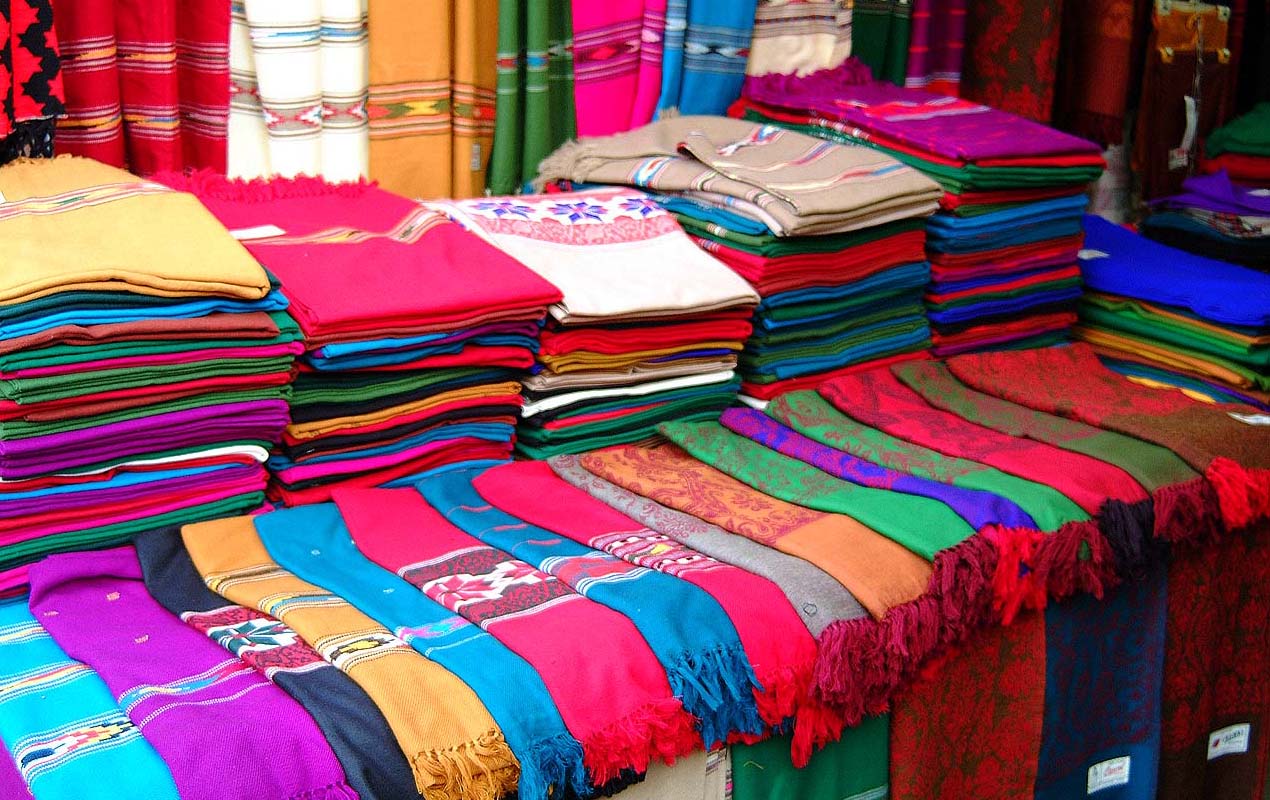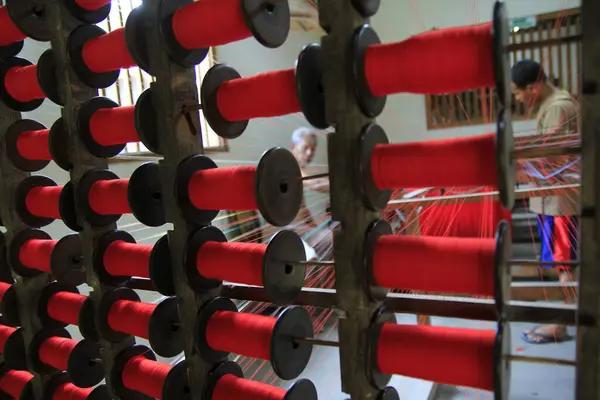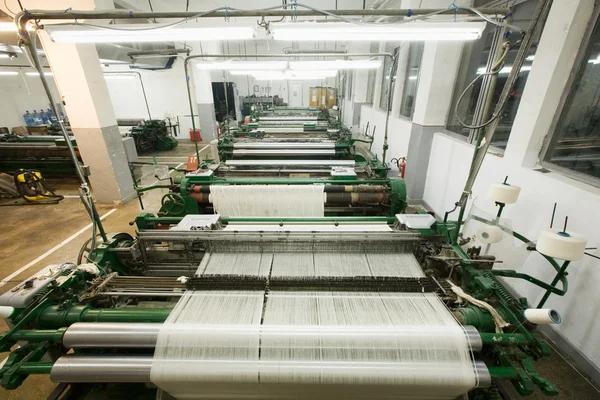Digital printing has revolutionized the textile industry, introducing a new level of creativity, efficiency, and sustainability. This technology is transforming traditional methods of fabric production and design by offering innovative solutions that enhance productivity while reducing environmental impact.
Traditionally, textiles were printed using screen-printing techniques. While this method allowed for fourunder2.com vibrant colors and intricate designs, it was labor-intensive and time-consuming. Digital printing has alexkarev.com streamlined this process significantly by allowing designers to directly print their creations onto fabrics. The result is a faster production process with less material waste.
One of the most significant advantages of digital printing in the textile industry is its ability to produce highly detailed designs with an unlimited color palette. This capability opens up new creative possibilities for designers who can now experiment with complex patterns and gradients without worrying about the limitations of traditional printing methods. Moreover, digital printing enables more personalized designs as it allows for small-scale production runs or even one-off prints.
Another major benefit brought about by digital printing technology is its contribution to sustainability in the textile industry. Traditional dyeing processes are known to be water-intensive and contribute heavily to water pollution due to chemical runoff. In contrast, digital printers use paphnutius.com substantially less water as they apply pigment directly onto fabric surfaces without requiring any washing or steaming processes afterward.
Furthermore, digital printing reduces fabric waste as it allows iindique.com precise quantity control during production runs; manufacturers only need to print exactly what’s needed rather than overproducing which often leads to surplus inventory that ultimately ends up in landfills.
The use of digital technology also enhances supply chain efficiency within the textile industry by enabling on-demand manufacturing models that reduce lead times and inventory costs. Instead of producing annadovgan.com large quantities upfront based on anticipated demand—which carries inherent risks such as overstocking or understocking—manufacturers can now respond quickly to actual market demand by producing smaller batches more frequently.
Lastly, advancements in data analytics have further amplified the benefits of digital printing sobrehomem.com in textiles by providing insights into consumer preferences and market trends. This data-driven approach allows manufacturers to make informed decisions about their designs, production processes, and marketing strategies.
In conclusion, digital printing is reshaping the textile industry by providing a more efficient, sustainable, and creative method of fabric production. It not only offers unprecedented design possibilities but also contributes to environmental conservation efforts while enhancing supply chain efficiency. As technology continues to evolve, we can expect voltsdrop.com further improvements that will zolnikova.com continue to revolutionize the textile industry in ways we can only imagine.




